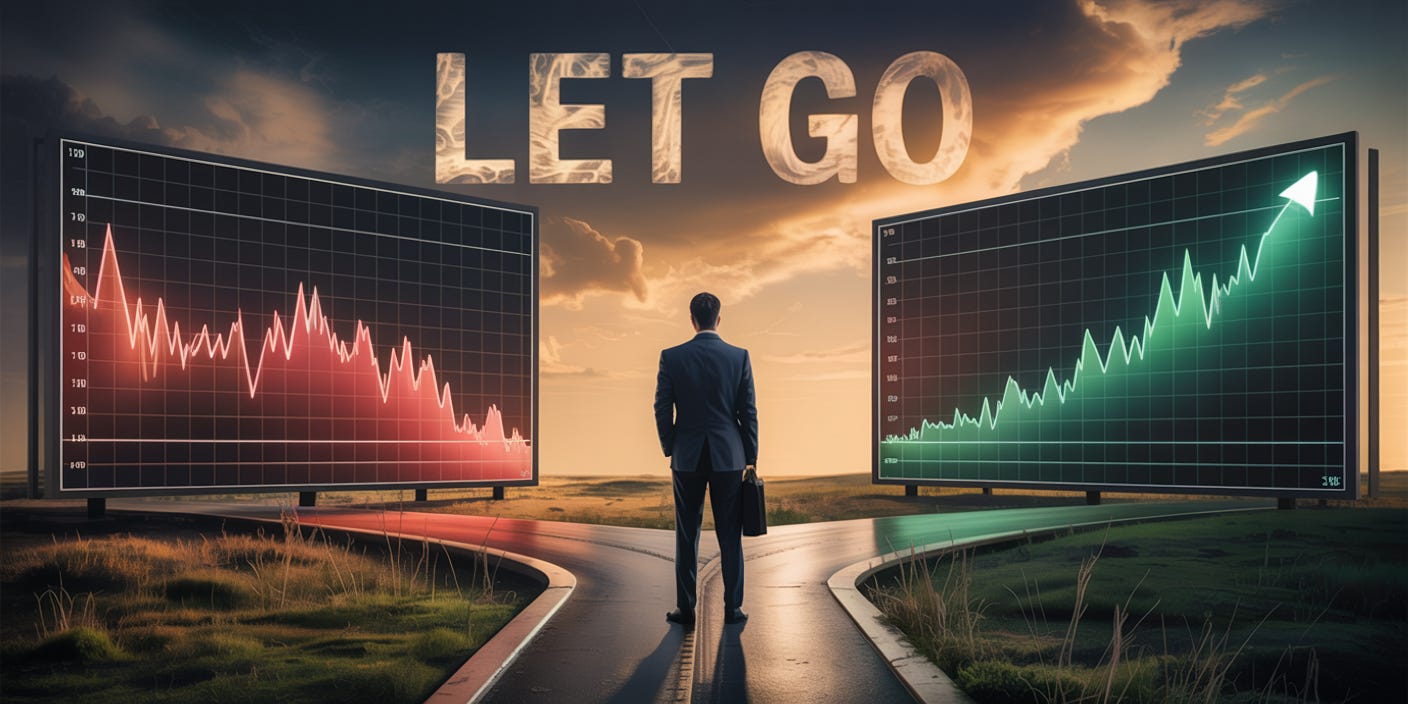The Most Expensive Words in Trading: "I Can’t Sell Now’”
The Market Doesn’t Owe You Breakeven
Ever held on to a losing trade because it’s now down too much to sell?
That’s called sunk cost fallacy and it’s one of the most expensive mistakes you can make.
Sunk Cost Fallacy
The sunk cost fallacy is the phenomenon whereby a person is reluctant to abandon a position because they have invested heavily in it, even when it is clear that abandonment would be more beneficial.
In the market, it sounds like:
“I can’t sell now, I’m already down 40%.”
“It’ll come back, I’ve been in this trade for months.”
“I’ll average down one more time.”
Why It’s So Dangerous
Decisions should be forward-looking, not anchored to entry prices. Yet traders hate admitting defeat, so they keep holding losers. Meanwhile, capital sits idle in dead positions while opportunity cost accumulates. Sunk cost thinking doesn’t just cost you money on the loss, it also costs you the gains you’re missing elsewhere.
Classic Market Example
Tech stocks after the 2000 bubble: Investors who bought at the highs held for years, waiting for breakeven, while the next bull market happened elsewhere.
The CI Volatility View
At CI Volatility, we treat every position as if we just opened it today. Would we still enter this position today?
If the answer is “no,” then holding it doesn’t make sense and we exit.
Our algorithms strip away emotional attachment and sunk-cost thinking, freeing capital to move where the opportunity is strongest.


